This is the third in a series of posts, each one about an island we’re visiting while on our grand tour of French Polynesia. (The first post was about Mo’orea, the second was about Rangiroa.)
Our first island, Mo’orea, is in the Society Islands. The second, Rangiroa, is in the Tuamotu Archipelago, as is our third, Fakarava. I really think I can make this post short, because there are truly only three things to do there: dive, visit the pearl farm, and relax. I’ve already written about diving and pearls (in the Rangiroa post), and I’m not going to write about relaxing, as fascinating as that sentence could be.
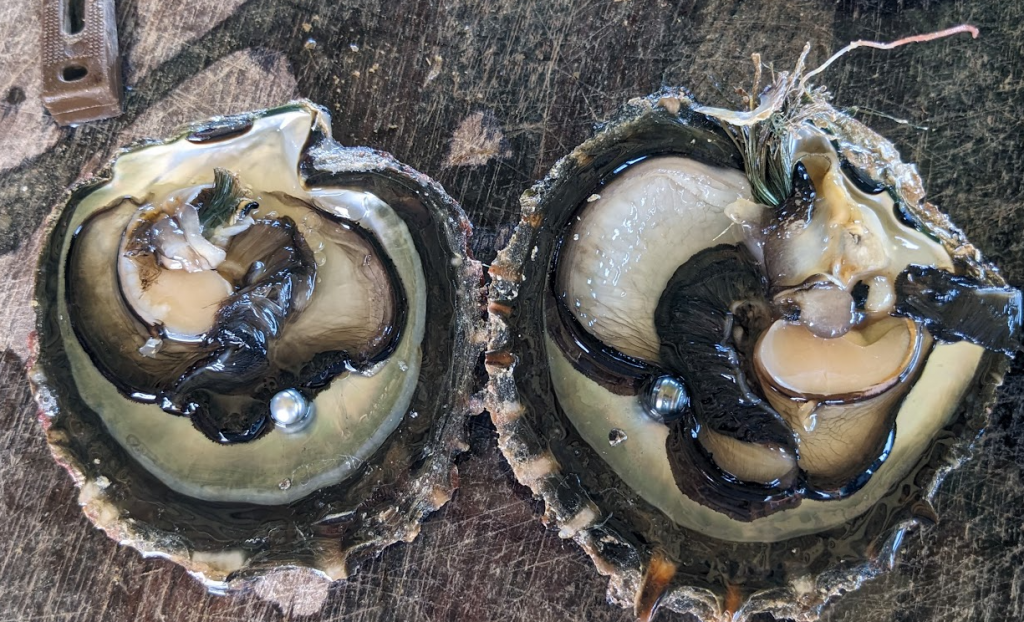
There was a fun twist to the pearl farm on Fakarava – three days a week, they hold a pearl lottery! You get to see the whole demonstration of how they cultivate pearls, like we saw on Rangiroa, but at the end, you can buy an oyster, and you get to keep whatever pearl it has produced! The oysters they put in the lottery have already produced one pearl, and from that they have a pretty good idea that the next pearl will not be especially large, or perfectly round, and probably won’t have spectacular color, but for about $33, you still get a nice pearl, which they put onto a simple black cord to make a bracelet or necklace, and every one comes with a story, and pictures! We bought three, and ended up with the necklace pictured below.
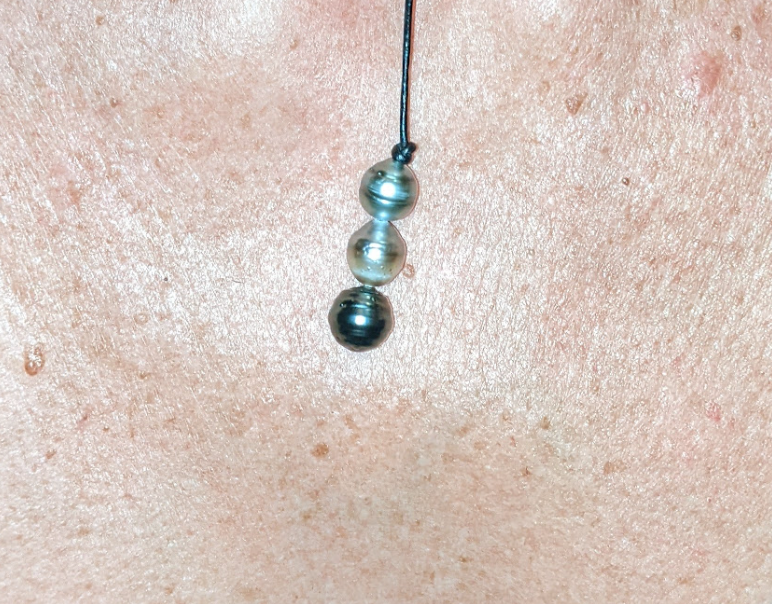
The diving is similar to Rangiroa, in that you dive in, or just outside of, a pass through which the tide rushes four times every 24 hours. Similar, too, in that some large creatures frequent the pass, most notably sharks. But the number and concentration of sharks is… well, let me put it this way. If you’ve ever been to the Grand Canyon, you know before you get there that it’s going to be a big hole in the ground, right? But until you’re standing on the rim looking down into it, you simply can’t appreciate what people have told you about it. Same thing for the sharks of the South Pass (a.k.a Tetamanu Pass, a.k.a Passe Tumakohua) – you can hear about it, read about it, see the photos and videos from it, but until you’re in the middle of it, with what seems to be hundreds of grey reef sharks cruising around you – ALL around you – it just doesn’t sink in. There are some pretty good videos in the Google Photos album that’s linked at the end of this post, but if you want to see even more sharks than we saw, watch the documentary 700 Sharks. It’s about the sharks of Fakarava, during a time that the pass is practically overrun with groupers, because they gather there to spawn once a year, and sharks apparently like grouper tacos as much as we do! (While we were there, the groupers were gathering, but the actual spawning, which I think is what makes the sharks go crazy, won’t happen until the next full moon, two or three weeks after our dive there. Actually, tonight or tomorrow night, as I’m now typing this on Hiva Oa, our next island after Fakarava.) This video is from early in our dive, when just one shark seemed worthy of filming – and then it turned into a LOT of sharks! https://photos.app.goo.gl/uZutbVNaZyEoYoVk7
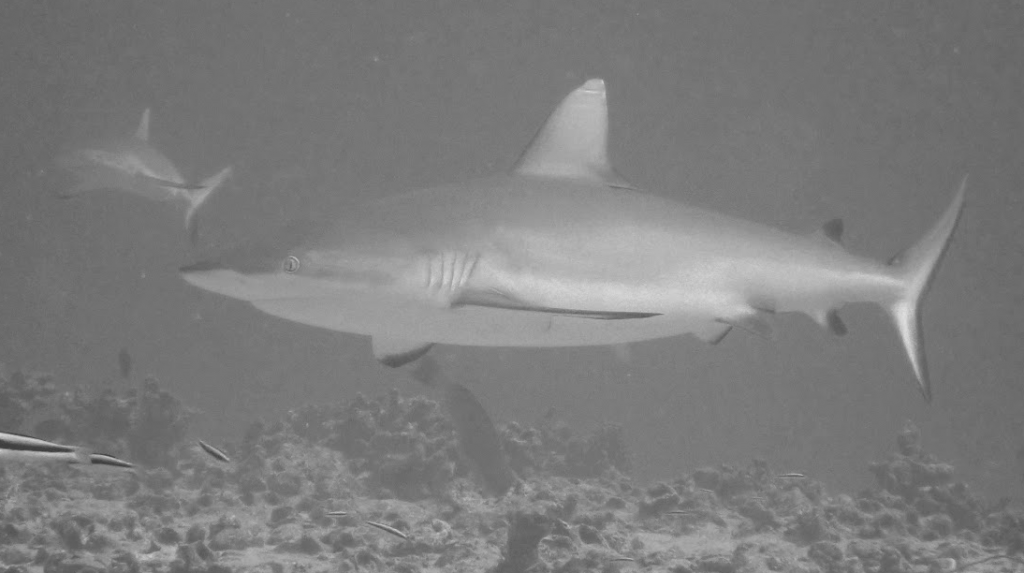
I’ve written a bit about some of our lodging on the various islands, and our lodging on Fakarava is worth mentioning. It’s called Ralais Marama, and is a collection of 10 bungalows, a small comfortable seating area at the main office, and a breakfast area – two tables, set up each morning with basic breakfast items. Baguettes (always baguettes in French Polynesia!), some other bread item (homemade donuts one morning, for example), fruit juice, coffee, tea, butter, jam, Nutella, cheese, and eggs if you want to cook your own. It was very nice to have, and was included. The bungalows were extremely basic – essentially tents, but made of 2×4’s and plywood, with large “windows” that opened on all sides. (Not actually windows, as there is no glass in them – just big holes cut in the walls that have plywood covers that you an tip out, or pul in to close.) Two twin beds pushed together in the middle of the room and covered with a mosquito net. No ceiling fan, but fortunately, the breeze usually cooled things down nicely by bedtime. Bathrooms were shared – four shower / sink / toilet stalls, only one of which had hot water. Bikes (mostly pretty janky, but the road is good and not too long) are provided. We met two young couples who were staying there while we were, and they were sleeping in actual tents in the small camping area at the back of the property, so – especially when it rained – we felt fortunate to be in our bungalow. It’s all about perspective sometimes.
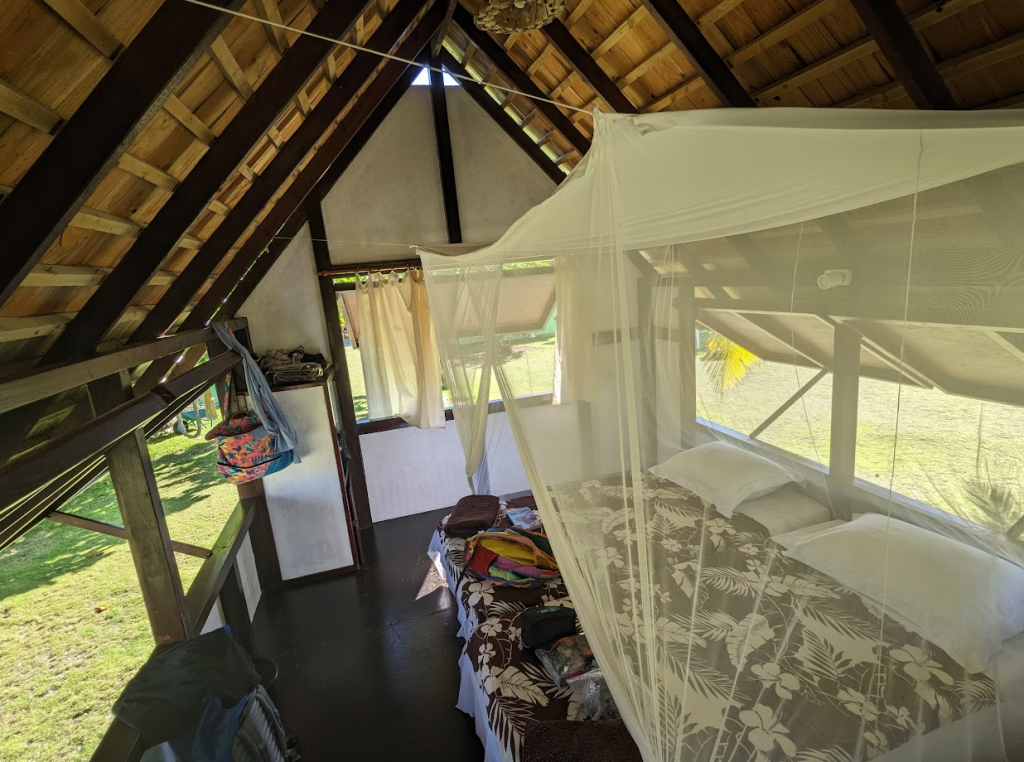
As simple as life is on Fakarava, it’s been our favorite one so far. Maybe because the diving was so good, maybe because the local people were so nice, maybe because the village is laid out so you can get to everything easily by biking – I’m not sure. But we really loved it!
Here are some of our better photos, followed by the link to the Google Photos album for Fakarava:
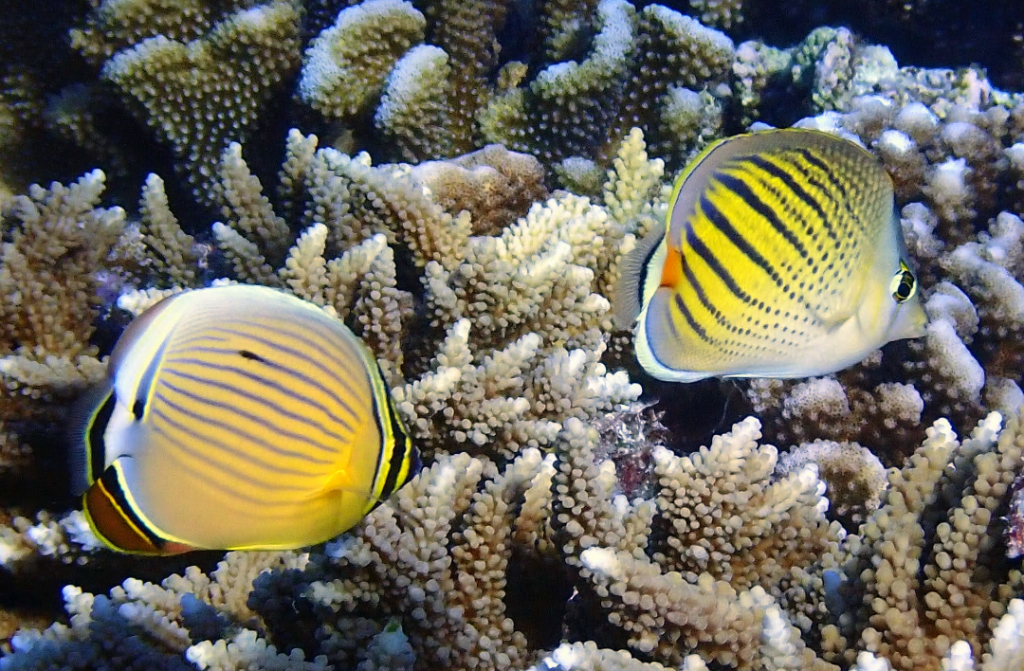
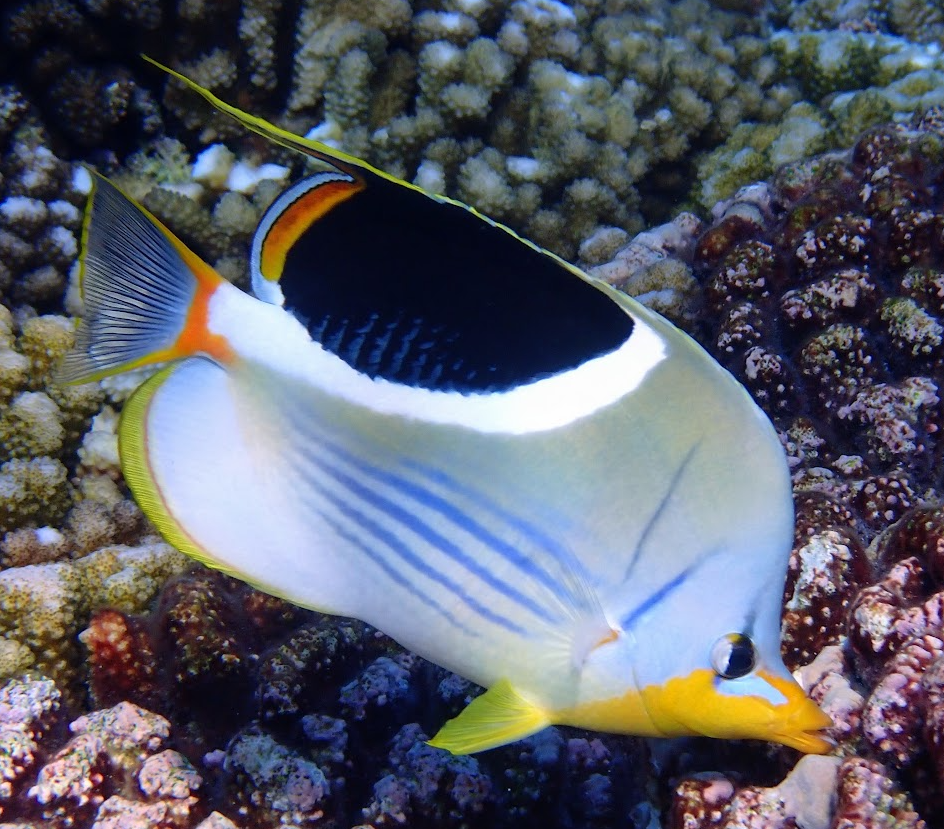
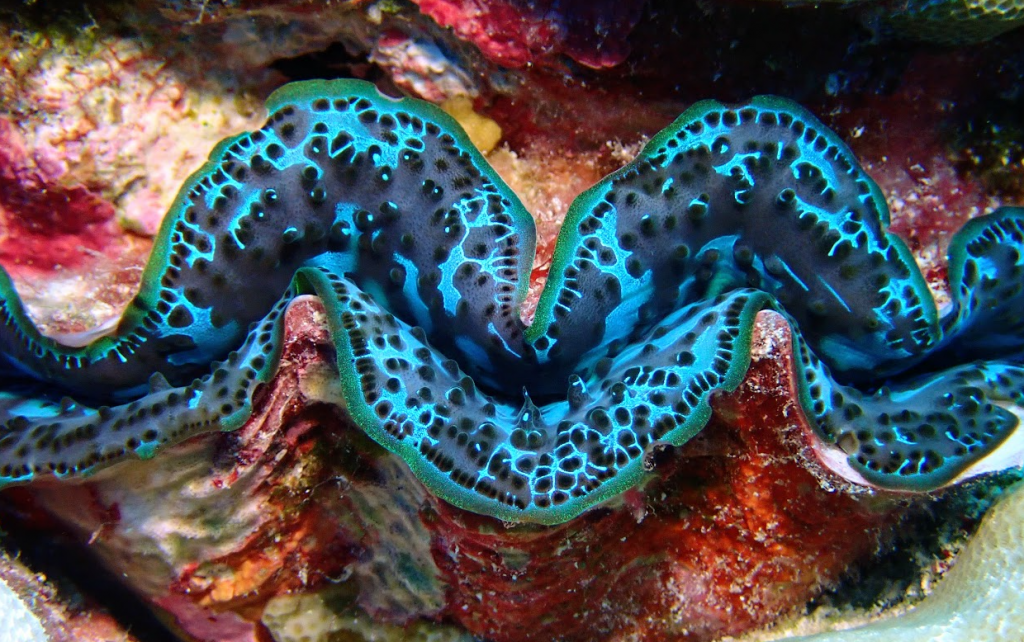
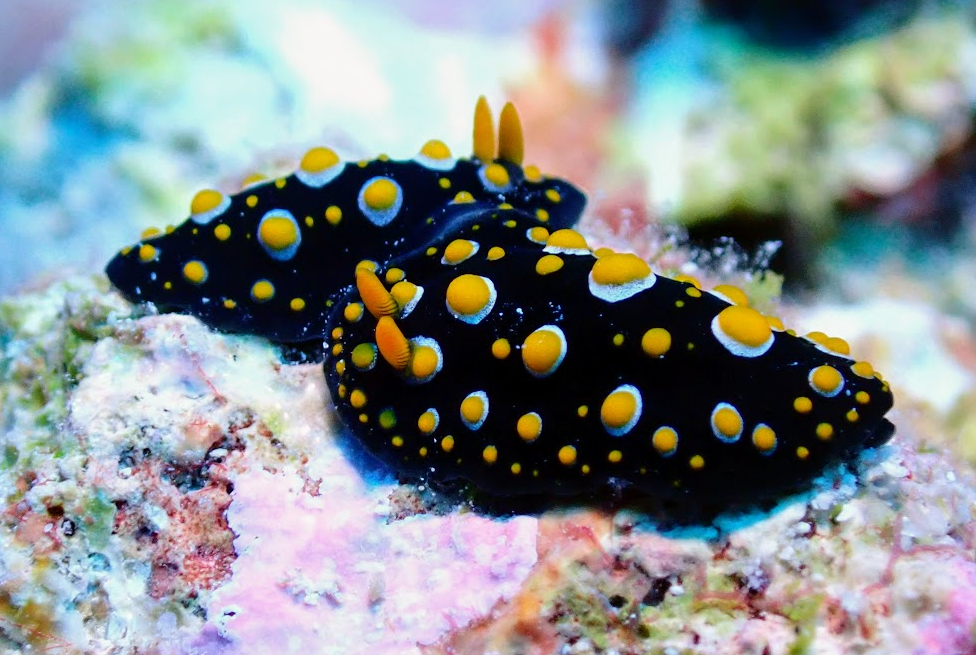
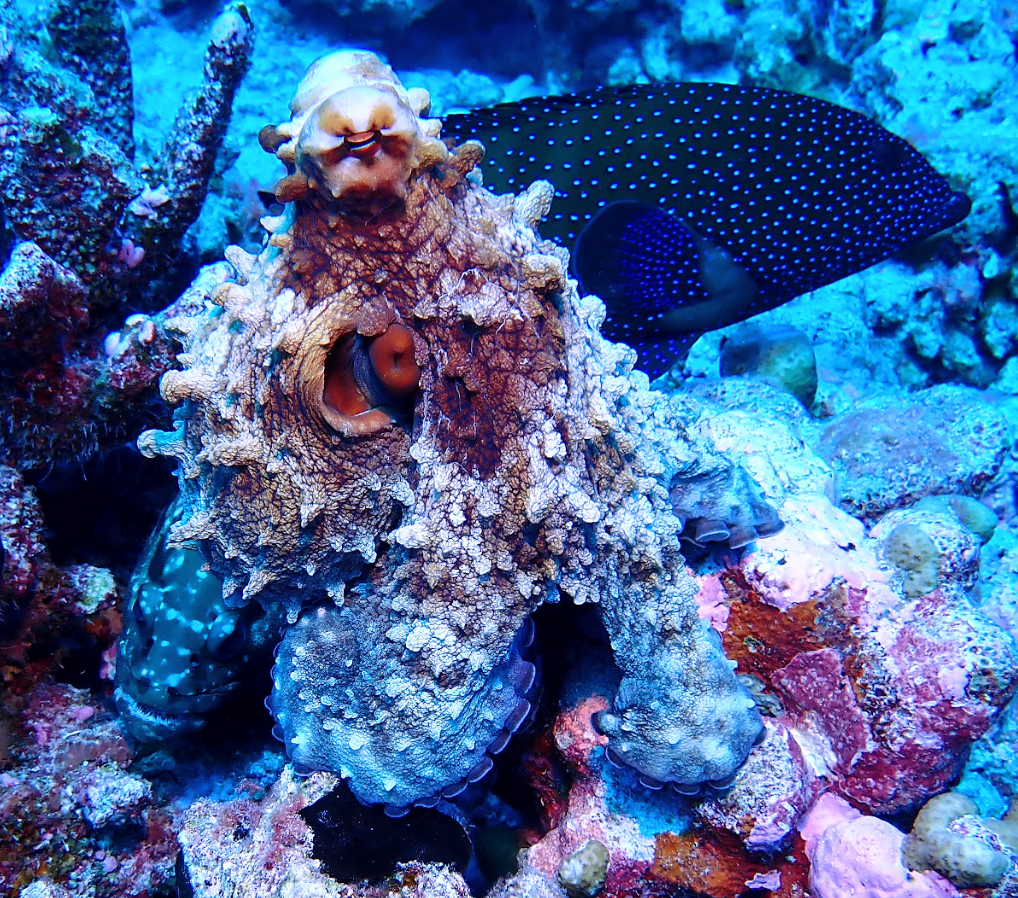
Click here to see a great video Fran took, starting with a totally white trumpetfish (which we have never seen before – and we’ve seen hundreds of trumpetfish) cruising with a young female Napolean Wrasse. But at about 6 seconds in, in the lower left corner, a dark shape comes in – an octopus! The rest of the video focuses on it, although “Thelma and Louise” hung around the whole time, occasionally coming into the fram. https://photos.app.goo.gl/VNPtrSfndhWi3k2M8
Here’s the link to all of the pictures and videos from Fakarava: https://photos.app.goo.gl/9QtRoUS6cz6S8wbD8
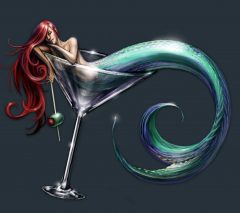
3 thoughts on “Fakarava”